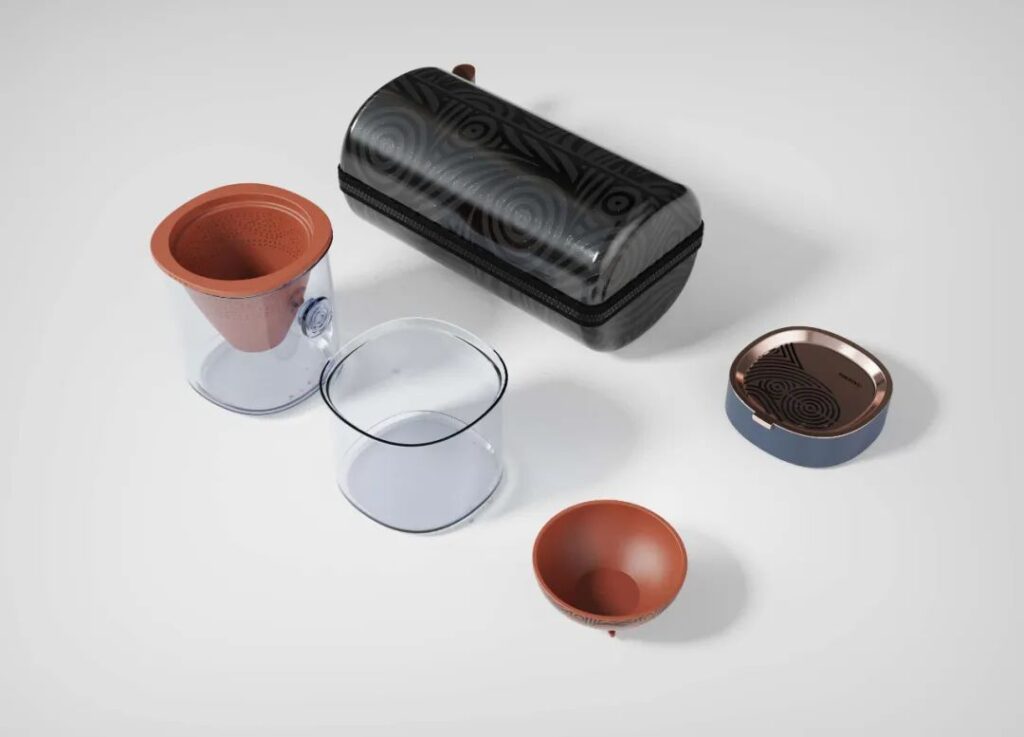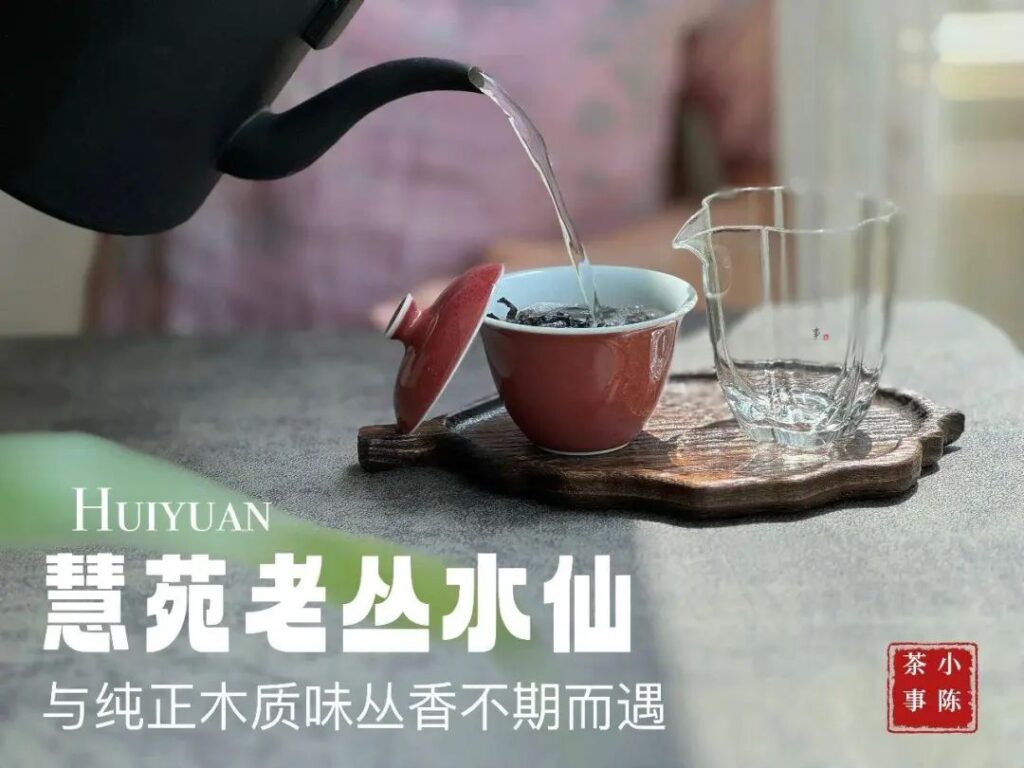Tea, this magical leaf from the East, has journeyed from the ancient forests of China, carrying the fragrance of the soil, the moisture of morning dew, and the sediment of a thousand years. In the long river of Chinese culture, it has stirred the gentle aroma of tea, stretching out a picture scroll with profound implications.
Legend has it that in ancient times, the divine farmer Shennong tasted a hundred herbs and encountered seventy-two poisons, which were neutralized by the tea plant, marking the earliest appearance of tea. From its medicinal use in the pre-Qin to period its consumption in the Han, Wei, and Six Dynasties, it was not until the Tang Dynasty that tea truly entered the lives of literati and common people as a beverage, beginning its cultural journey.
The Sage of Tea, Lu Yu, with his work ‘The Classic of Tea’, established the orthodoxy of tea, detailing its origins, utensils, production, tools, brewing, and drinking methods. This transformed tea from a vague concept to a clear one, from a rough to a refined drink, laying the foundation for Chinese tea culture. Since then, tea has become more than just a drink to quench thirst; it is also a spiritual sustenance and a lifestyle.
In the studies of literati, tea is the muse of inspiration. Baiyi Ju, with his verse ‘Sit and pour the clear water, watch the brewing of the tea dust. Without reason to hold a bowl, send it to those who love tea,’ savors the tranquility of tea in a quiet setting. Su Shi, with ‘Living water still needs living fire to brew, I personally fetch the deep clear water from the fishing stones. The large ladle stores the moon in the spring jar, the small lad dividesle the river into the night bottle,’ writes about the joy of brewing tea with poetic charm.
Li Qingzhao, with ‘Cardamom shoots are boiled in water, do not divide the tea. It is good to have poetry and books on the in pillow leisure, and the scenery in front of the door is beautiful when the rain comes,’ tells of the comfort and sorrow of life amidst the curling tea smoke. Tea enters poetry and painting, and poetry and painting contain tea, with the fragrance of tea and ink complementing each other, filling the pages of Chinese culture with the aroma of tea.
In folk customs, tea is indispensable. Serving tea to guests is a traditional etiquette of the Chinese nation, a cup of fragrant tea warms both the body and the heart, conveying the host’s enthusiasm and hospitality. In marriage customs, tea symbolizes ‘from one to the end,’ with tea ceremonies during engagement and marriage, full of blessings for a happy and enduring marriage. In ancestor worship, tea and wine are offered, with the pure and fresh fragrance of tea expressing the descendants’ remembrance and reverence for their ancestors.
The Six Flavors of Tea, a Universe in Rhyme
Tea is divided into six categories: green, red, yellow, white, oolong, and black, each with its unique charm. West Lake Longjing, flat and smooth with a bean fragrance and fresh richness, is like a graceful beauty from the south of the Yangtze River; Keemun black tea, with its tight and elegant shape and rich fruity aroma, is like an elegant lady from the West; Junshan Yinzhen, with its plump buds and clear fresh aroma, is like a fairy from the waves of the Xiang River; Bai Hao Yinzhen, covered with white hairs and with a honey-like aroma, is like a snow and ice spirit from Taimu Mountain; Tieguanyin, with its melodious sound and long-lasting orchid fragrance, is like a refined scholar from the southern Fujian region; Pu-erh ripe tea, with its mature aroma and rich, bright red color, is like a wise man of the ages.
Different teas, nurtured by diverse landscapes and cultures, bloom into distinctive flavors and charm.
Teaware is also an essential part of tea culture. A Zisha teapot, with its fine clay and rustic design, features intricate carvings of landscapes, flowers, and birds, resembling a miniature art world. During the tea brewing process, it nurtures both the pot and the heart.
A set of blue and white porcelain, with its white glaze and blue floral patterns, exudes a fresh and elegant aura. The lotus vine patterns on the cups and saucers come to life under the tea liquid, adding a touch of elegance to the tea tasting experience.
Brewing tea is a meticulously performed ritual. Heating the pot and warming the cups, cleaning the utensils to enhance the aroma; placing tea into the pot, appreciating the light dance of the leaves; pouring water to brew, observing the changes in the tea liquid; dividing the tea into cups, inhaling the rich fragrance; sipping the tea, feeling the mellowness of the tea liquid. Each movement follows a rule; each sip contains a hint of Zen.
Chinese tea culture is a gift from the mountains and rivers, the sun and the moon, a treasure of Chinese civilization, and a reflection of the Chinese nation’s love for life, reverence for nature, and commitment to their spiritual home. In this fast-paced modern society, it is worth pausing to brew a cup of fragrant tea, allowing the soul to find tranquility amidst the aroma, to appreciate the profound and enduring Chinese tea culture, and to experience the aesthetics of life that spans thousands of years.


